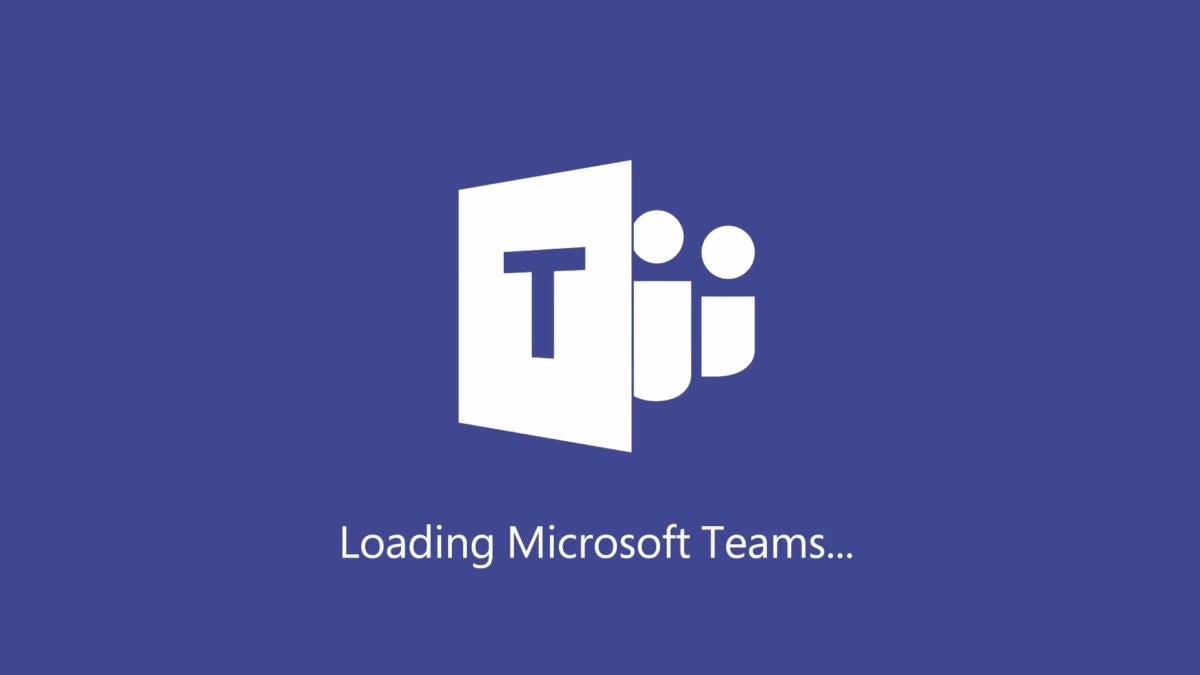Microsoft has unveiled plans to integrate Teams with a range of SAP business applications, enabling workers to share information more easily without leaving the collaboration platform.
The two companies announced that the German enterprise software vendor’s S/4HANA enterprise resource planning (ERP) application, used by many of the world’s largest organizations, will connect into Microsoft’s collaboration platform. This will allow SAP users to share information such as supplier details with colleagues within Teams without switching screens, for instance.
There are also plans for integrations with SAP’s SuccessFactors HR application, which will offer new ways for staff to share knowledge and learn skills, and SAP Sales Cloud, which allows calls to customers directly from the customer relationship management (CRM) platform, for instance.
The announcement was part of a broader deal that will see SAP S/4HANA hosted on Microsoft’s Azure cloud infrastructure.
The integrations between Teams — which has 115 million daily active users — and SAP’s products are “planned for delivery in mid-2021,” according to a statement Friday.
“By integrating Microsoft Teams across our solution portfolio, we will bring collaboration to the next level, jointly determining the future of work and enabling the frictionless enterprise,” said SAP CEO Christian Klein.
Teams already integrates with a handful of popular businesses applications, including human resources and sales tools such as HR software provider Workday, while Salesforce and Microsoft announced an integration with the CRM software vendor’s Sales and Service Cloud products in October. There are also integrations between Teams and Microsoft’s Dynamics 365 platform.
The ability to better connect workers with key apps should help embed Team into the workflow of even more users, said Larry Cannell, a research director at Gartner.
“What I would like to see from this partnership is [for] business data and application functions to be accessible from within Teams’ channels,” said Cannell. Such integrations would allow workgroups to do more than send messages and co-author documents — important capabilities in themselves — and would make channels more purposeful and relevant, he said.
“This represents the next level of maturity for Teams,” said Cannell. “Channels can provide a collaborative interface for transactional applications, many of which were never designed to be collaborative. This enables workgroups to interact with the applications together; they can discuss, respond and learn from each other within a group context (the channel).
“Think [developer chat tools], but for the suit-and-tie crowd using SAP.”
In other Teams news, Microsoft last week announced an update to the integrations with its enterprise social network application Yammer. Users of both applications can now receive notifications from Yammer directly into the Team Activity feed within Teams. This means faster access to updates on important announcements made in Yammer “communities,” for instance, or when a user is @mentioned in the social network app.






